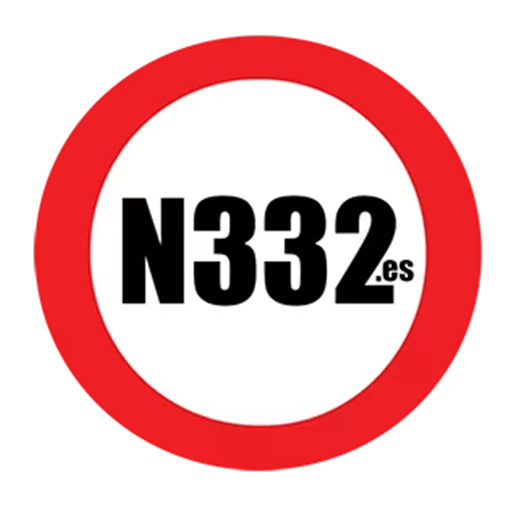With the necessary hype around the new connected emergency lights, you may have wondered what the “connected” element refers to. In simple terms, when activated, the emergency lights send an alert to a central computer, which has software to facilitate various informative services, in order to warn other road users of a potential problem.
The system is officially called “DGT 3.0”, the DGT’s connected vehicle platform that facilitates the interconnection of all the actors that form part of the mobility ecosystem to offer real-time traffic information to road users at all times, thus enabling safer and smarter mobility.
The General Directorate of Traffic has been working for years with the aim of reducing the number of incidents and deaths on our roads. In recent years, progress has been made in various areas, from collaboration with other Administrations in improving infrastructure, adoption of new speed limits and measures that influence road users to be more aware of risk factors.
However, incidents continue to occur that could be avoided if road users (motorists, motorcyclists, cyclists, pedestrians, etc.) had the necessary tools to be aware of the dangers they encounter on their journey in real time, thus minimising the risk of an incident by having sufficient information in advance to make a decision compatible with their own road safety and that of other road users.
This objective is achieved with DGT 3.0, which is the connected vehicle platform of the Directorate General of Traffic, which facilitates the interconnection of all the actors that form part of the mobility ecosystem – vehicle manufacturers, navigation service providers, mobility applications, city councils, public transport platforms, fleet management systems, etc. – to offer real-time traffic information to road users at all times, thus enabling safer and smarter mobility.
In this way, an intermediate platform of Internet of Things (IOT) technology is offered between the actors and the end user, who makes use of the traffic routes, and who will be connected anonymously both to provide valuable information to the connected community, and to consume it with the aim of detecting and being notified of dangerous situations that occur during the exercise of our mobility.
DGT 3.0 is a unique, free and accurate access point for real-time information on what is happening on roads and urban streets, information of great value for the entire mobility ecosystem, contributing to a safer, more comfortable and efficient travel experience.
What information can a driver receive through this platform?
The DGT 3.0 platform aims to be a centraliser of homogenised, updated, and accurate information, and to cover these three aspects, a series of services have been implemented that can be used by those actors who wish to share mobility information on a selfless basis, and/or consume it free of charge to offer mobility services to end users.
Some of the systems are still in the development stage, or yet to be fully adopted, and we now know that the V-16 emergency light is connected, but as the system implementation develops, we will also be able to see the location of roadside assistance vehicles, as well as warnings of construction zones and road works, Low Emission Zones, and sporting events, as well as parking lots, busses which are stopped, cyclists, and even emergency service vehicles approaching.
Discover more from N332.es - Driving In Spain
Subscribe to get the latest posts sent to your email.
